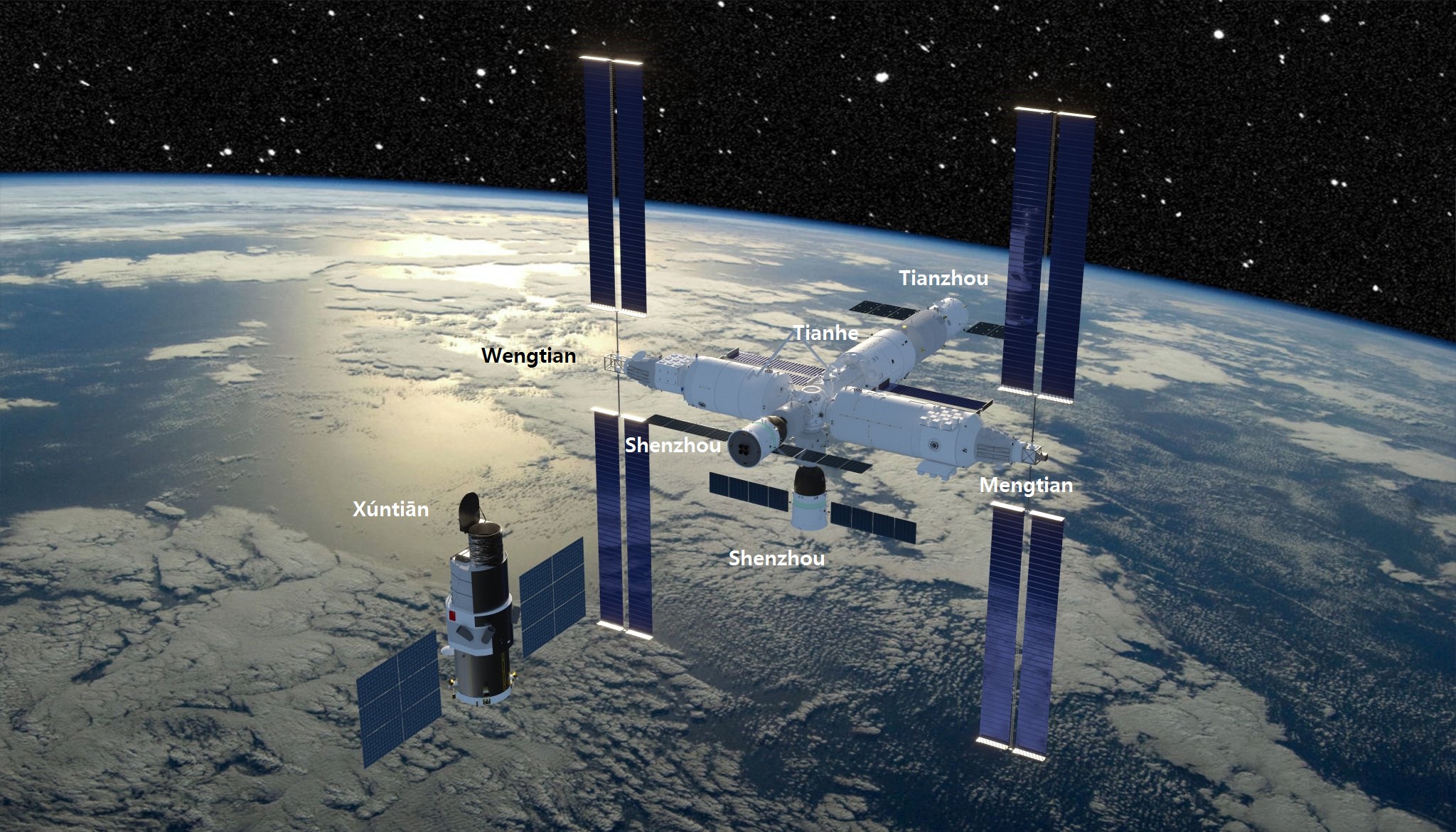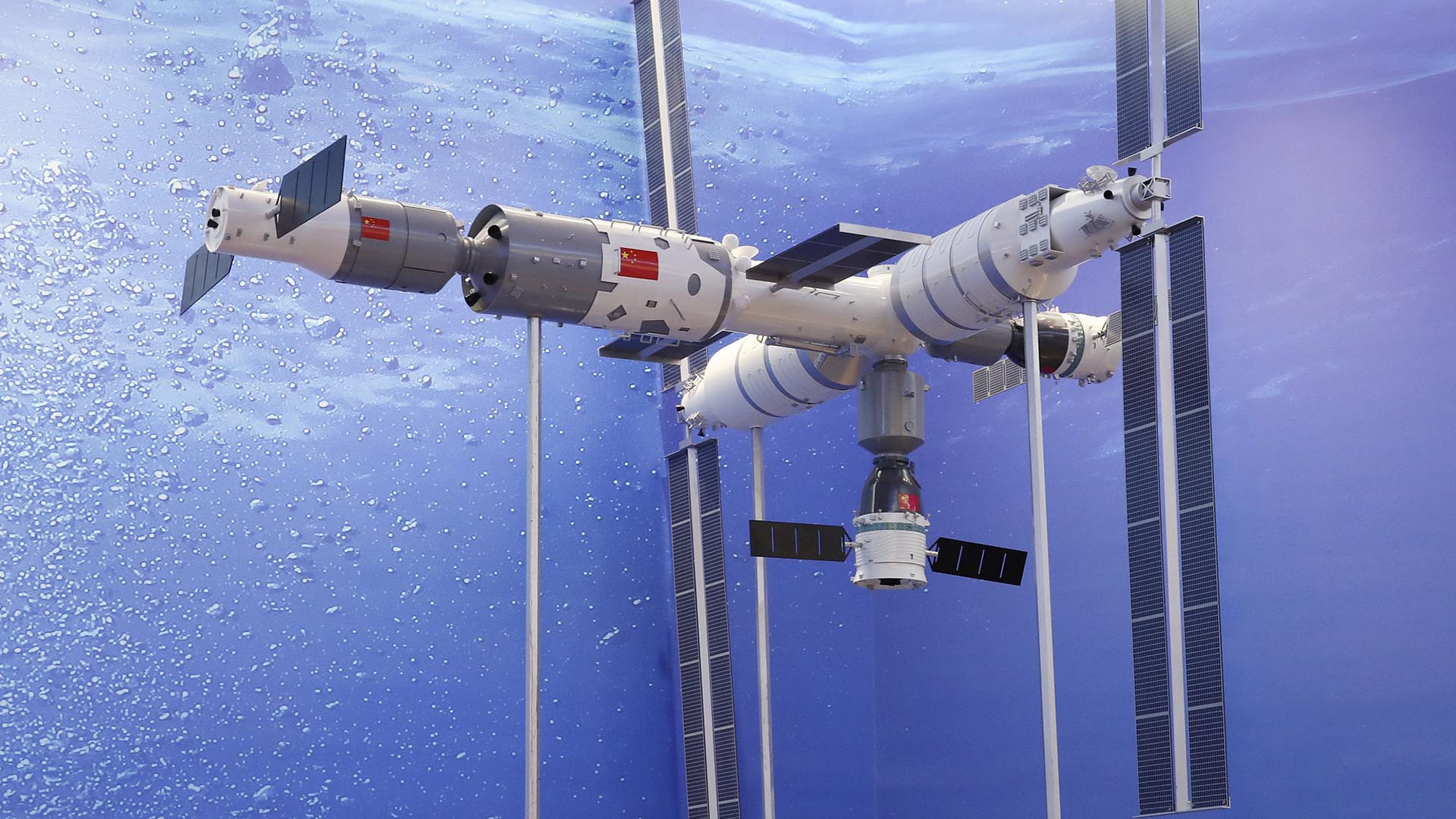

It won’t be as large as the ISS – about one fifth of its size and similar to the Russian Mir space station, which operated from 1986 to 2001, but the intent is that it can be permanently occupied by astronauts on long-term stays. The first crewed mission is expected to be launched in June of this year – sending three astronauts to orbit for about three months, during which the life support system and maintenance will be tested. Eleven launches including four crewed missions and four cargo missions are scheduled in the next two years. It’s expected to operate for 10 years – which could be extended to 15. (Guo Cheng/Xinhua via AP) Guo Cheng/Xinhua via APĬhina takes step toward space station with new rocket launch
CHINESE SPACE STATION TRIAL
The Long March-5B made its maiden flight on Tuesday, sending the trial version of China's new-generation manned spaceship and a cargo return capsule for test into space. In this photo released by Xinhua News Agency, China's new large carrier rocket Long March-5B blasts off from the Wenchang Space Launch Center in southern China's Hainan Province, May 5, 2020. Russia has also said that it will leave the ISS project in 2025 and plans to build its own space station that could launch in 2030 – if Russian President Vladimir Putin gives the go-ahead. The core module, currently the largest spacecraft developed by China, was launched into low earth orbit by a Long March-5B rocket, marking the first step of China’s efforts to build its own station in two years.

For more than two decades, the International Space Station has orbited 227 nautical miles above Earth with more than 200 astronauts from 19 different countries enjoying stints aboard.īut its role as the sole venue for a continuous human presence in space, scientific research and a testing ground for future space exploration is coming to a close, potentially signaling an end to an unparalleled era of international cooperation in space.Ĭhina, whose astronauts have long been excluded from the ISS, successfully launched the first module of its planned space station on Thursday morning from the Wenchang launch site in the southern island of Hainan, according to the China National Space Administration.


 0 kommentar(er)
0 kommentar(er)
